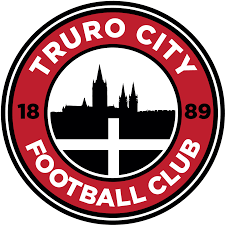Norway vs Iceland: A Comparative Analysis

Introduction
The Nordic region of Europe is renowned for its stunning natural landscapes, rich cultures, and robust economies. Among these countries, Norway and Iceland stand out not only for their scenic beauty but also for their unique characteristics that draw interest from travelers, researchers, and policymakers alike. Understanding the differences and similarities between these two nations is crucial for those looking to learn more about Northern Europe.
Geographical Differences
Geographically, Norway and Iceland are distinct yet complementary. Norway, located on the Scandinavian Peninsula, is known for its rugged coastline, deep fjords, and mountainous terrain. With over 1,200 mountainous peaks, Norway offers vast opportunities for outdoor activities like hiking and skiing. In contrast, Iceland is an island located in the North Atlantic, famous for its dramatic volcanic landscapes, geysers, and hot springs. The country’s central volcano, Hekla, has shaped much of its geography, offering a different kind of tourism focused mainly on geothermal phenomena.
Cultural Aspects
Both Norway and Iceland share a rich cultural heritage rooted in Norse mythology and Viking history. However, they differ in their contemporary expressions of culture. Norway’s culture is heavily influenced by its maritime history and is known for its folk music, art, and literature, with famous figures such as playwright Henrik Ibsen and painter Edvard Munch. Iceland, on the other hand, boasts a unique literary tradition, having produced the sagas from the medieval era, along with a thriving modern arts scene. The Icelandic language, which has changed little since the 9th century, also reflects the nation’s commitment to preserving its cultural identity.
Economic Perspectives
Economically, Norway and Iceland have different strengths. Norway’s wealth largely stems from its substantial oil and gas reserves, making it one of the richest countries globally in terms of GDP per capita. The government has strategically invested these resources into a sovereign wealth fund, promoting sustainability and economic stability. In contrast, Iceland’s economy relies more on tourism, fishing, and renewable energy, particularly geothermal energy, making it a leading example of how a nation can harness its natural resources sustainably.
Conclusion
In conclusion, while Norway and Iceland share common historical roots and geographical proximity, they represent two distinct approaches to culture and economy. Norway’s vast wealth from natural resources contrasts with Iceland’s unique economy rooted in tourism and sustainable practices. As climate change influences their natural environments, both countries are evolving in their responses and strategies. For readers keen on exploring the Nordic countries, understanding the nuances of Norway and Iceland enhances appreciation for their differences and shared heritage.









